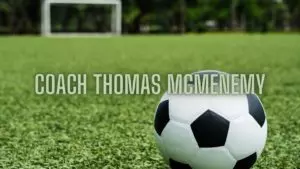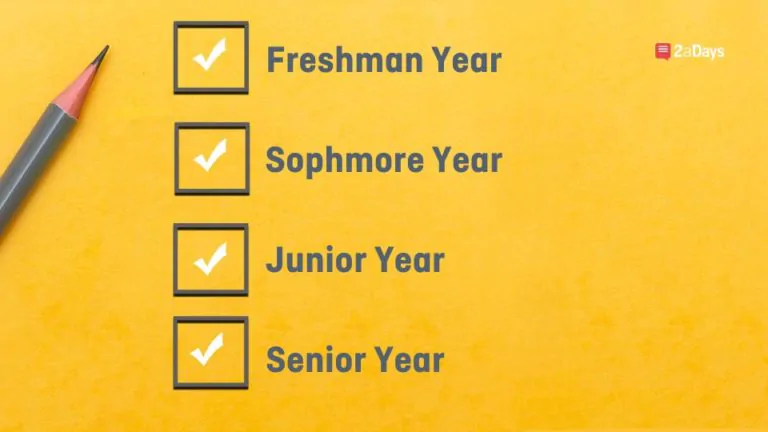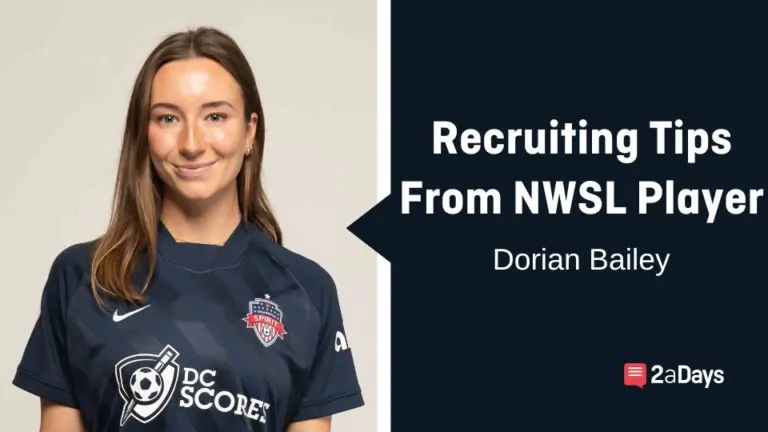As a recruit, it's easy to get caught up in honing your athletic skills and letting academics go to the wayside. But avoid that temptation–the NCAA sets academic standards so that college athletes can get the most out of their education while playing the sport they love. Plus, by focusing on their education, athletes will be able to build skills for success in the workplace and in life.
For DI and DII, the NCAA sets academic initial-eligibility standards that take your GPA into account, standardized test scores, core courses that were taken in high school and the grades earned in those core courses. Division III schools hold athletes to the same overall standards for the institution in which they're enrolling. Through these standards, prospective athletes are heavily encouraged to maintain a commitment to their education, just as their future athletic departments commit to giving them every chance to succeed on the field and in the classroom.
Related: Athlete Interview: SF State Soccer Player Glory Smith On Playing D1 vs D2
This commitment, as many current and former college athletes can attest, can take on many forms. While each division stresses the importance of academics, it is no secret that the three divisions prioritize in different ways. Here's how they differ:
DIII
Let's take a closer look at Division III, the largest NCAA division both in number of participants and number of schools. It is apparent that the flexibility offered to DIII athletes is much higher than the other two divisions. At the DIII level, most coaches build the practice schedule around their athletes' class schedules, coaches take on multiple roles on their campus, athletes are encouraged to study abroad and take advantage of personal development resources, and being a multi-sport athlete isn't uncommon. That flexibility and freedom are great, but remember that DIII athletes don't receive athletic scholarships (but they can rack up academic aid to fund their education).
Related: Money Isn't Everything: 4 Reasons to Choose A School Other Than Scholarship Offers
DII
Division II, the smallest division, can be considered a hybrid of Division I and Division III. While DII schools can offer scholarships, the way these schools choose to fund their athletics program is different from the schools in DI. Per the NCAA's website, “Division II student-athletes are just as competitive, and in many cases, just as skilled as their Division I counterparts, but institutions in Division II generally don't have the financial resources to devote to their athletics programs or choose not to place such a heavy financial emphasis on them.” DII athletes are recognized for their academic success, athletics contributions and campus/community involvement. Student-athletes in Division II have enough flexibility and support to create their college experience, and their athletic experience to best fit their needs. This balance is at the heart of the Division II philosophy.
Related: Rate your Coaches, Facilities, and Campus Visits
DI
Finally, Division I schools generally boast the largest operating budgets and the largest number of scholarships, thus offering a unique opportunity for its athletes. At FBS schools, the athletic departments are looking to turn a profit from their operations. You can consider your “Power Five” conference schools to be in the business of creating opportunities for their athletes while simultaneously pulling in cash.
In Division I, you often find the highest level of play, and with that comes the pressure of intense competition to be the best of the best. Sometimes, this pressure can seemingly overtake other areas of an athlete's life–academics, internships, and social life can take a backseat to an athlete's sport. However, through the many services that DI athletic departments can afford to offer, such as free 1-on-1 tutoring, athlete-only study halls with computers and printing, academic counselors for each team, and in-house doctors and counseling services, playing at such a high level is completely manageable.
So which division is right for you? That depends on your goals and only you can decide your best fit. But regardless of division, being a college athlete is a great opportunity–so go all in during your recruiting process no matter where you want to land.
Have an idea for a story or a question you need answered? Want to set up an interview with us? Email us at [email protected]
* Originally published on January 31, 2023, by Chandler Frumin







